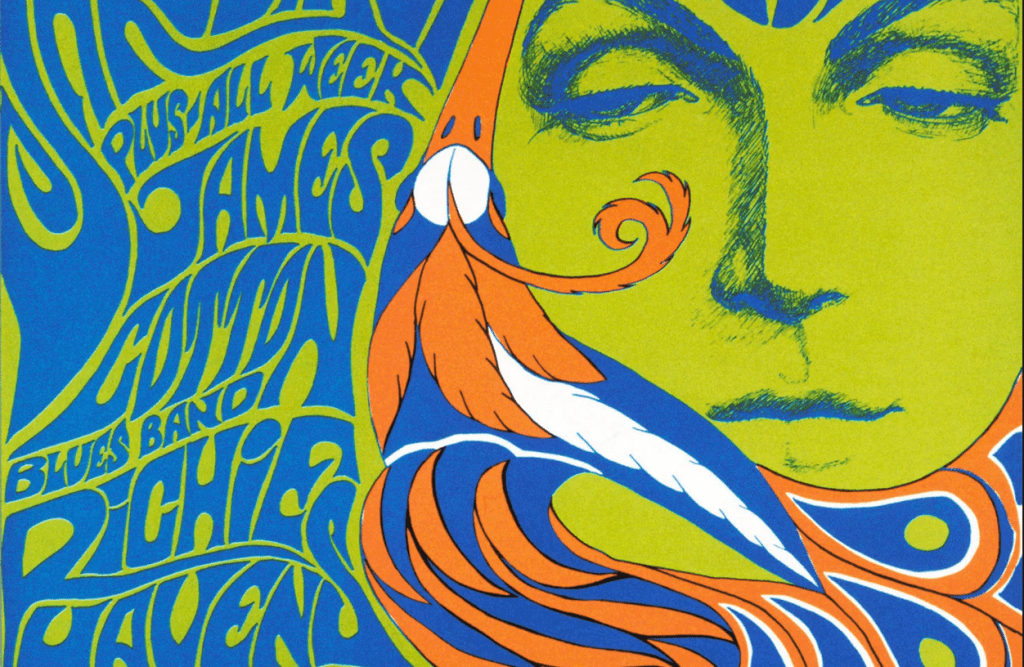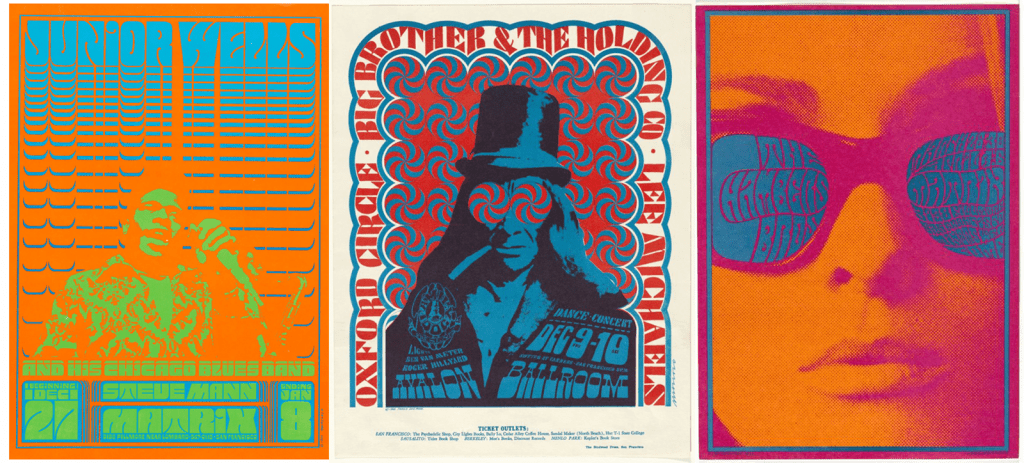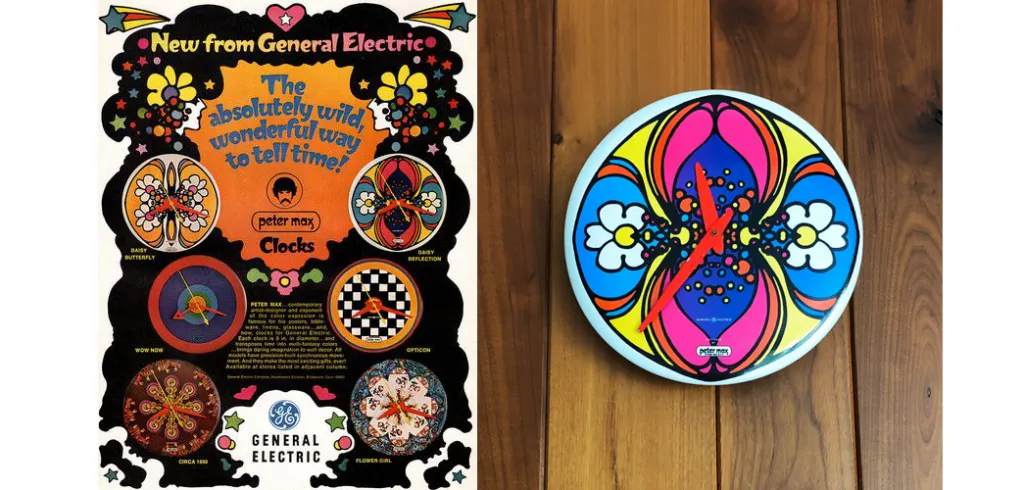PSYCHED UP The Rise, Fall, and Modern Rebirth of Psychedelic Art
Few decades have produced a signature visual style as iconic as the 1960s did with psychedelic art. Just a glance at the eye-aching pleasure of an iconic psych album cover or gig poster can snap the viewer to the Summer of Love in San Francisco. While psychedelia drew on past forms like Art Nouveau, Surrealism, and Pop Art, its high-voltage colours, mind-bending aesthetic and otherworldly perspective explored entirely new territory. Maybe that’s because the country around it was fumbling through uncharted turf itself.
America was transforming. Sixty-seven million babies were born in the post-war optimism between 1945 and 1957. Raised in an unprecedented economic boom, by the mid-1960s they were entering adulthood. Meanwhile, America slogged deeper into a controversial war that would claim fifty thousand American lives and show very little for it. Conflicts brewed at home, too: Civil Rights, Women’s Liberation, and the sexual revolution were building momentum. Environmental awareness grew alongside fears of nuclear weaponry. There was a lot going on.
Faced with a complicated world and uncertain future, Baby Boomers turned away from the 50s-era pillars of wholehearted capitalism, the pursuit of material gain, and the dedication to conservative values. Instead, they borrowed from Eastern religion, cherry-picking different aspects of mysticism and meditation. They pursued the spiritual over the tangible and embraced free love and mind-altering drugs like LSD, peyote, and psilocybin. Musicians, writers, and artists lead the charge.

The emerging catalogue of psycho-active drugs dovetailed perfectly with the movement. In 1958 psychiatrist Humphry Osmond, a pioneer in the study of hallucinogens’ effects on the brain, combined the Latin words for “mind” and “awaken” to coin the term psychedelic. As labs began producing LSD and mushrooms became more widely available, creatives of all stripes dosed up to kickstart their inspiration. Literature loosened up into stream-of-consciousness. Music leaned into fluidity and improvisation, producing meandering jams and spacey, amorphous soundscapes.
Likewise, artists began to recreate their trips through their work. Retina-bending fractal patterns, swirls, and spirals reproduced the visual effects induced by psychedelics. They juxtaposed intensely vibrant and jarring colours and overlaid them with ornate typefaces. The finished pieces buzzed with electricity, duped the eyes with optical illusions, often seemed about to melt right off the page.
This new aesthetic fit perfectly with bands like The Grateful Dead and The Doors, a visual language to complement their sound. Concert posters became the standard vehicle for the aesthetic, and soon psychedelia papered street corners and bulletin boards in every major city.
In San Francisco, Wes Wilson illustrated a now-iconic string of posters for The Fillmore Auditorium, including acts like Jefferson Airplane, The Steve Miller Band, and The Grateful Dead. Victor Moscoso traced undulating shapes in vibrant and clashing hues to make his images “vibrate.” Along with concert posters for Big Brother and the Holding Co. and Quicksilver Messenger, his work extended into advertising and comic books.

Many consider 1967 the peak of the psychedelic era. The Beatles put out Sgt. Pepper’s. Jimi Hendrix, The Grateful Dead, Janice Joplin, and The Who all released bombshell debut albums. In San Francisco, almost 100,000 young hippies descended on Haight Ashbury for the Summer of Love.

The come-down had begun. Over the next few years psych music would tragically lose many of its brightest young stars. The Haight-Ashbury scene would unravel. As the 70s dawned the hippies grew up and left their youthful optimism in the prior decade. The world moved on, as did tastes.
Today, though, we’re seeing a modern psych resurgence. Attitudes and laws have grown more permissive towards drugs like psilocybin, shedding stigmas in light of their myriad potential benefits. Naturally, along with this renewed interest has come a revitalization of classic psych iconography.
Contemporary artist Alex Grey, one of psych’s most notable modern artists, for example, combines a detailed study of human anatomy with the influences of his entheogenic journeys. The results are mesmerizing, intricate, multi-hued portraits. Modern computers allow artists to push the boundaries of psychedelia even further, generating patterns and other designs too complex for a human to create alone. Psychedelia isn’t just back, it’s continuing to evolve, and we can’t wait to see where it goes.
